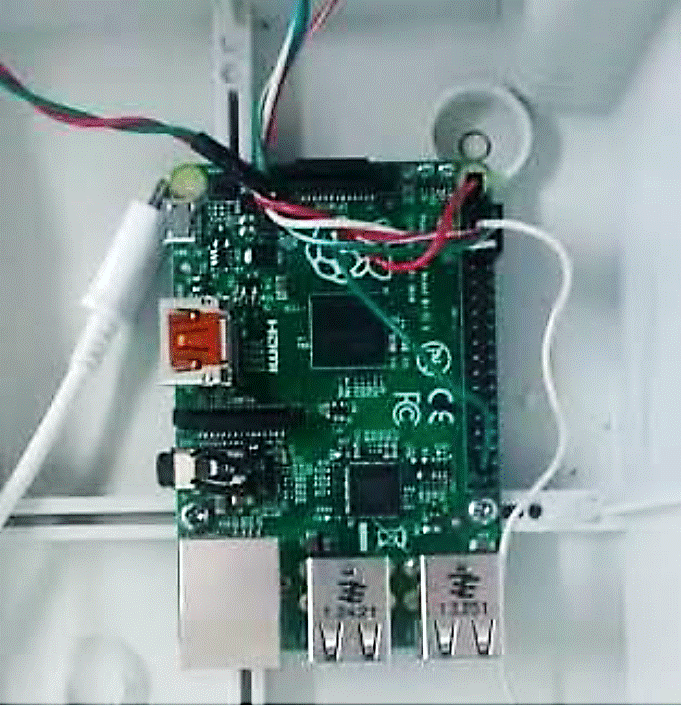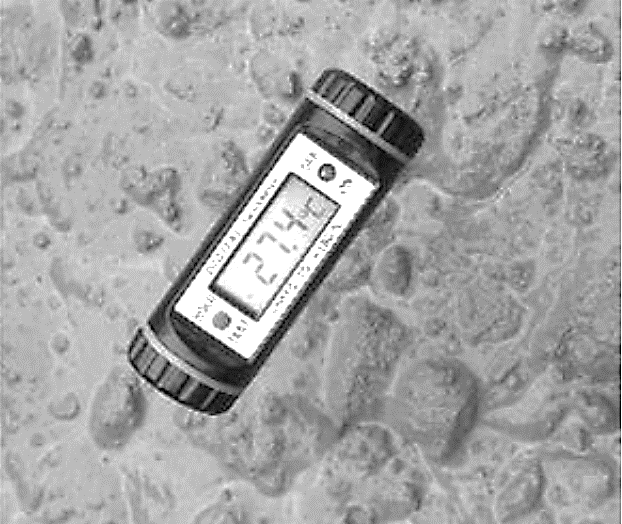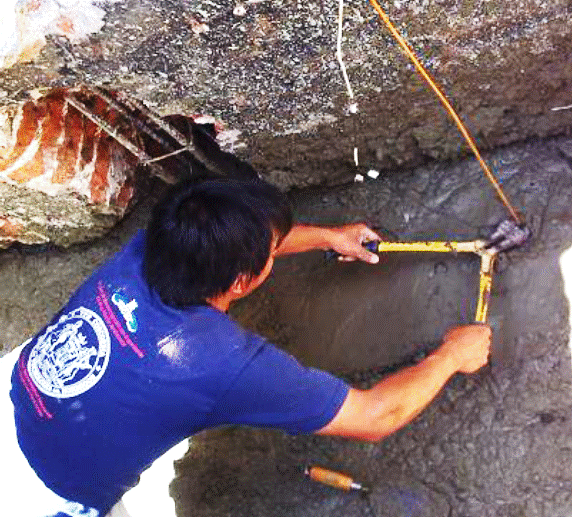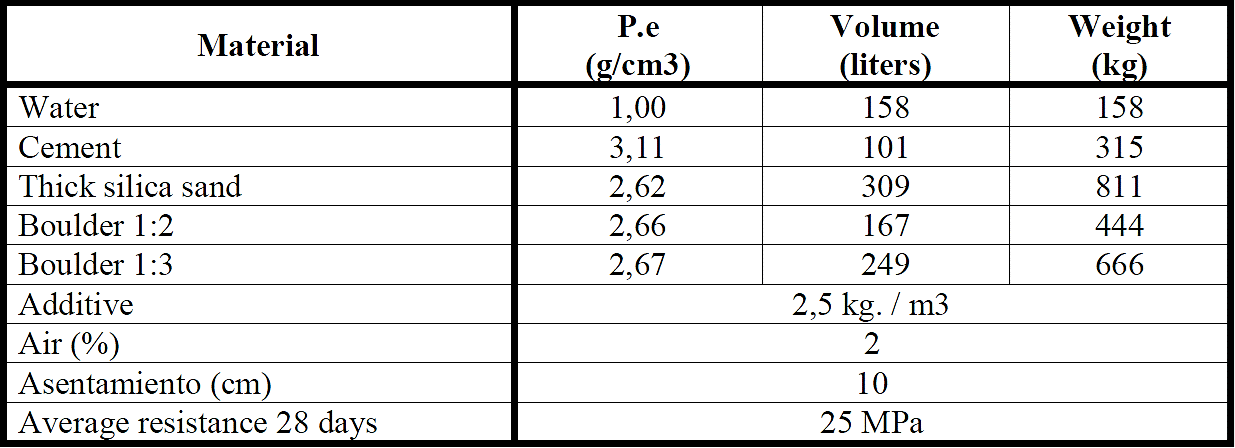1. INTRODUCTION
The maturity method provides a simple and useful middle to estimate the strength gain of concrete in early ages (generally less than 14 days).
It should be mentioned that it is necessary to have the maturity curve of the dosage to be used, because the curve is typical of all materials used.
This method recognizes the combined effect of time and temperature, providing a basis for estimating the concrete strength development of "in situ" by controlling the temperature and time (Peter C. Taylor, Steven H. Kosmatka, Gerald F. Voigt, et al, 2007).
The effects of time and temperature in the increased concrete strength are quantified by a function of maturity, that is indicative of the level of resistance developed by the concrete. The two functions of maturity used for this purpose are for Nurse-Saul and Arrhenius (325.11R ACI-01, 2001).
The equation of Nurse-Saul, developed in the 50s and the most widely accepted to measure maturity, is the accumulated product of the time and temperature, equation 1.
where:
M (t) = maturity (temperature-time factor) at age t, in ° C.days or ° C.hours,
Δt = time interval, in days or hours,
Ta = concrete average temperature during interval Δt, en °C, and
To = reference temperature in ° C.
The reference temperature is the temperature at which ceases the strength gain of concrete; therefore, the periods during which the temperatures are at or below this temperature reference, do not contribute to resistance. Generally, a value of -10 ° C to the reference temperature in Nurse-Saul equation (325.11R ACI-01, 2001) is used.
The maturity can also be determined using the Arrhenius method, considering the nonlinearity in the rate of hydration of cement. The Arrhenius’ method produces a maturity index in terms of an "equivalent age", representing the equivalent time of curing, to a reference temperature, usually 20 ° C, required to produce a maturity equal to that achieved for a period of curing at temperatures other than the reference temperature, equation 2.
where:
te = equivalent age to a reference temperature
Ts, in days or hours,
Q = activation energy divided by the general gas constant, in K,
Ta = concrete average temperature during the interval Δt, in K,
Ts = reference temperature, in K and
Δt = time interval, in days or hours.
The Arrhenius’ equation is a better representation of the temperature-time function that equation of Nurse-Saul, when a wide variation expected in the concrete temperature. In addition, the focus of Nurse-Saul is limited according to assume that the rate of strength gain is a linear function. However, the formula of Nurse-Saul is more widely used, primarily because of its simplicity. Both functions of mature are considered in ASTM C 1074 (Barreda M. F., M. J. Naber, Quispe Sallo I., J. D. Sota, 2003). Because maturity is dependent only on the history of time and temperature of the concrete, the most basic equipment requirements to determine maturity they are a thermometer and a clock. However, over the years, it has developed several devices maturity to monitor and record automatically concrete temperatures versus time. These devices connect to thermocouples embedded in the concrete and can be computed by the equation maturity of Nurse-Saul and the Arrhenius equation, at defined intervals (ASTM C 1074, 1998).
In the case of this work, we have developed a prototype measurement equipment together with software, in order to perform the experiments (Sota J. D., F. A. Avid, Chury M., P. Moreira, 2014).
2. METHODOLOGY
An equipment measurement was developed and supplemented with software that allowed to handle the data. The system design includes a series of temperature sensors connected to a microcomputer (Figure 1), which also recorded the temperature on the concrete surface. (Figure 2). The microcomputer reads the temperature of sensors and records your values. (Figure 3). A program performs a continuous reading of the information generated that then stored in a database, enabling processing using the expressions for calculation Nurse-Saul maturity and / or Arrhenius.
Were studied the concrete bases of a structure in an extension of the laboratories of the Faculty, with monitoring the development of resistance to the measure of the maturity of concrete, with sensors placed in them. (Figure 4). The bases to place the sensors were chosen based on their location in the structure and the collocation steps of the concrete during the day. Which allowed have values of register in concretes placed in the morning (Base 7), averaged the concrete cast (Base 3) and end of the same (Base 10).
The dosage was composed of a CPC-40 portland cement, portland composite cement (up to three additions) mortar resistance of 40 MPa (IRAM 50000); thick silica sand from a quarry in the area; siliceous boulder sizes 1: 3 and 1: 2 and superplasticizer additive. The characteristics of the aggregates are reported in Table 1.
The proportions of the members dosing materials are summarized in Table 2.
Were prepared 15x30 cylindrical specimens for resistance determination to different ages studied, simultaneously with the placement of concrete. So, that the resistances of the specimens they corresponded to the concrete placed on the base they were sensors placed. Temperature measurements were made on the bases 3, 7 and 10 of the structure. Strength tests were performed with a Digital Press PILOT 4 Automatic (Controls Italy) 200 tons of capacity; with real-time graphical display of test data, load curve / time and the actual load speed and simultaneous display of load, stress and actual load speed depending on loads or stresses.The tested specimens were kept in the environment of the basis on which the measurements were made during the experience, under the same conditions of humidity and temperature (25.5 to 27.5 ° C and 75% RH).
3. RESULTS
It obtained the data of resistance in compression tests of specimens and temperature with equipment designed for these experiences (located at bases 3, 7 and 10), it proceeded to correlate these to the split times used. (Details of the madurómetro and resistance at the same age).
The Nurse-Saul formula was used - Maturity (ºC.h) for variables, time, temperature and strength - . Figure 5 shows the time relationship vs. maturity to the base 10 (as an example) and Figures 6, 7 and 8 the strenght relationship vs. maturity for bases 3, 7 and 10.
A good correlation between the measured values of maturity and corresponding resistances are observed therein. The graphics express the actual resistance values determined with each base test specimens. Table 3.
The sensors confirm that the concrete delivered to the work met the resistance value required by the specification (H21). The values at 28 days of resistance confirm this.
4. FINAL CONSIDERATIONS
In function on the results, obteined of this first experience can make the following considerations: The use of this methodology allows to control the entire concrete received, without taking a significant amount of samples for further testing.
The lecture of sensors allows monitor homogeneity of the concrete and the development of resistance day to day. The methodology is applied in our next experience monitoring resistance in a complete concrete structure (slabs, beams and columns).











 texto em
texto em 













